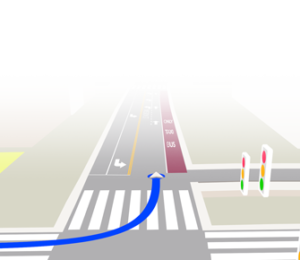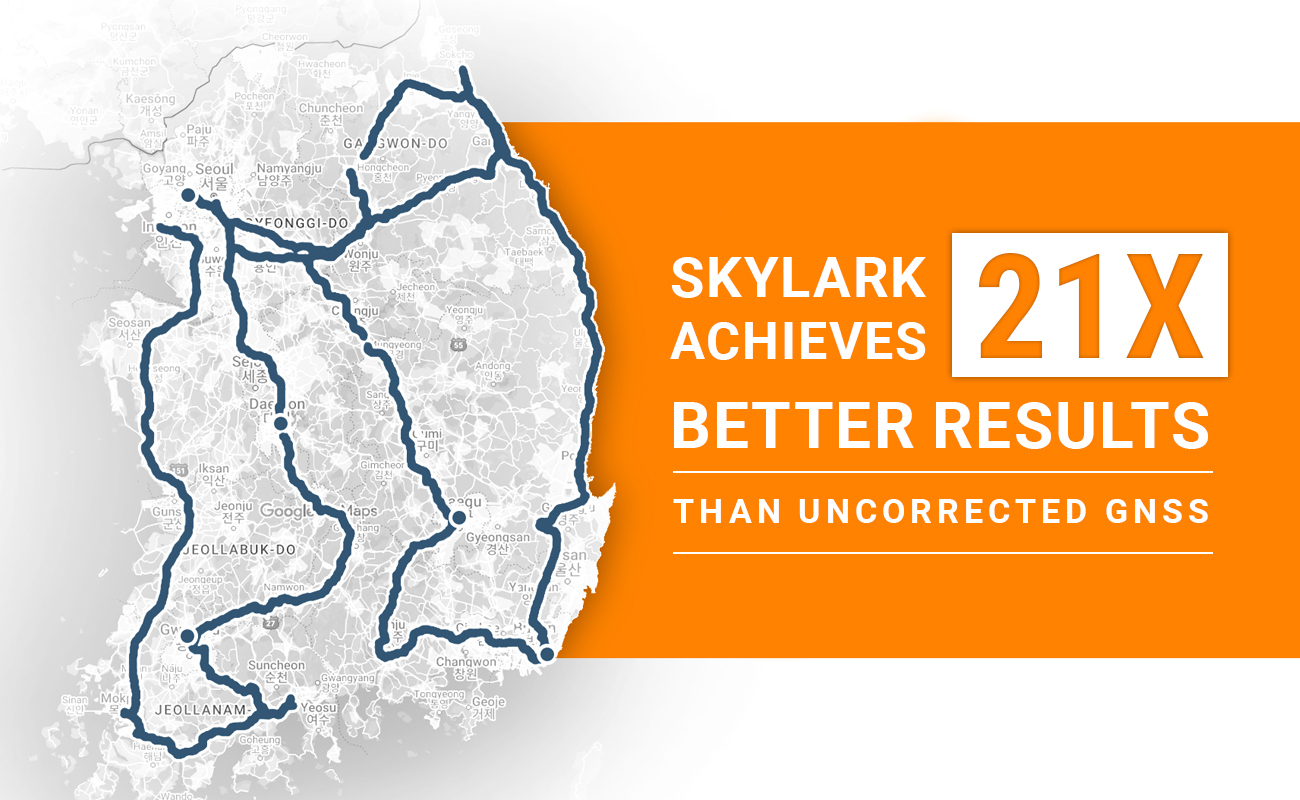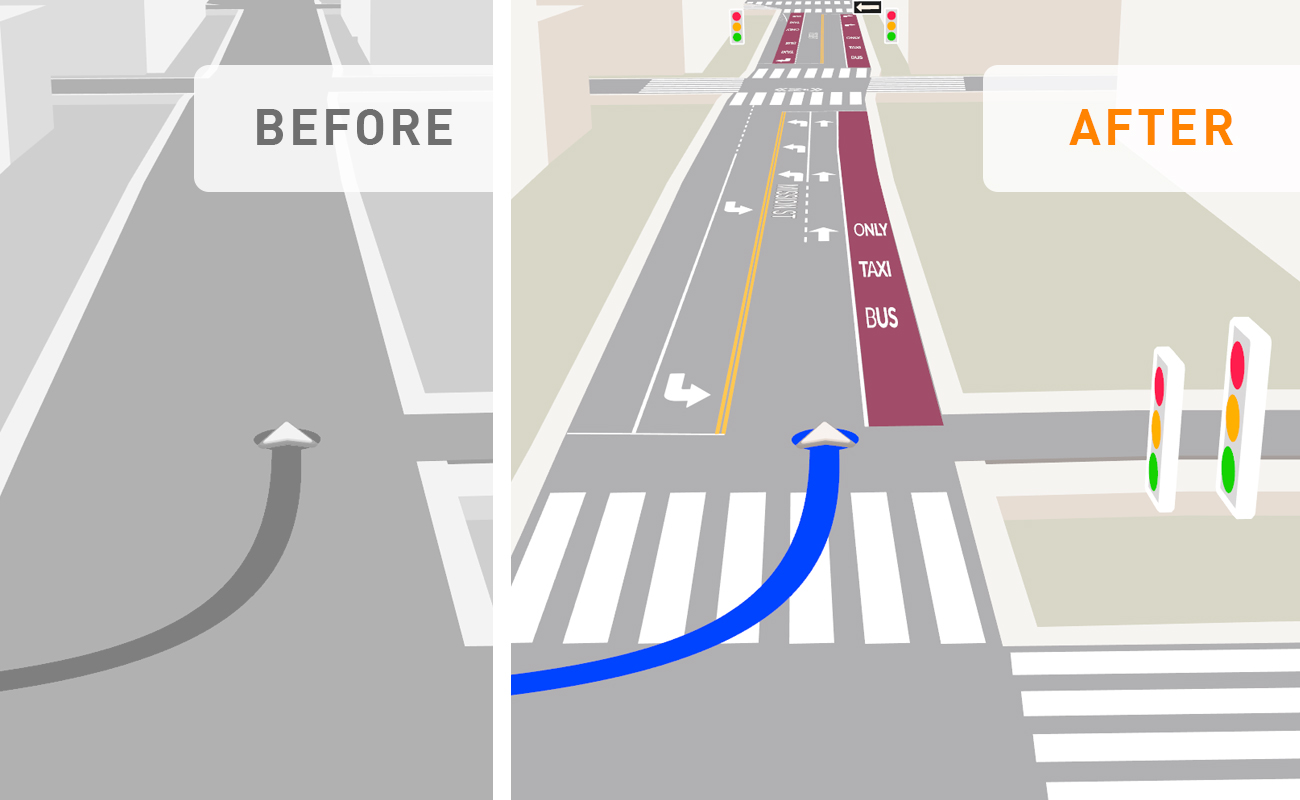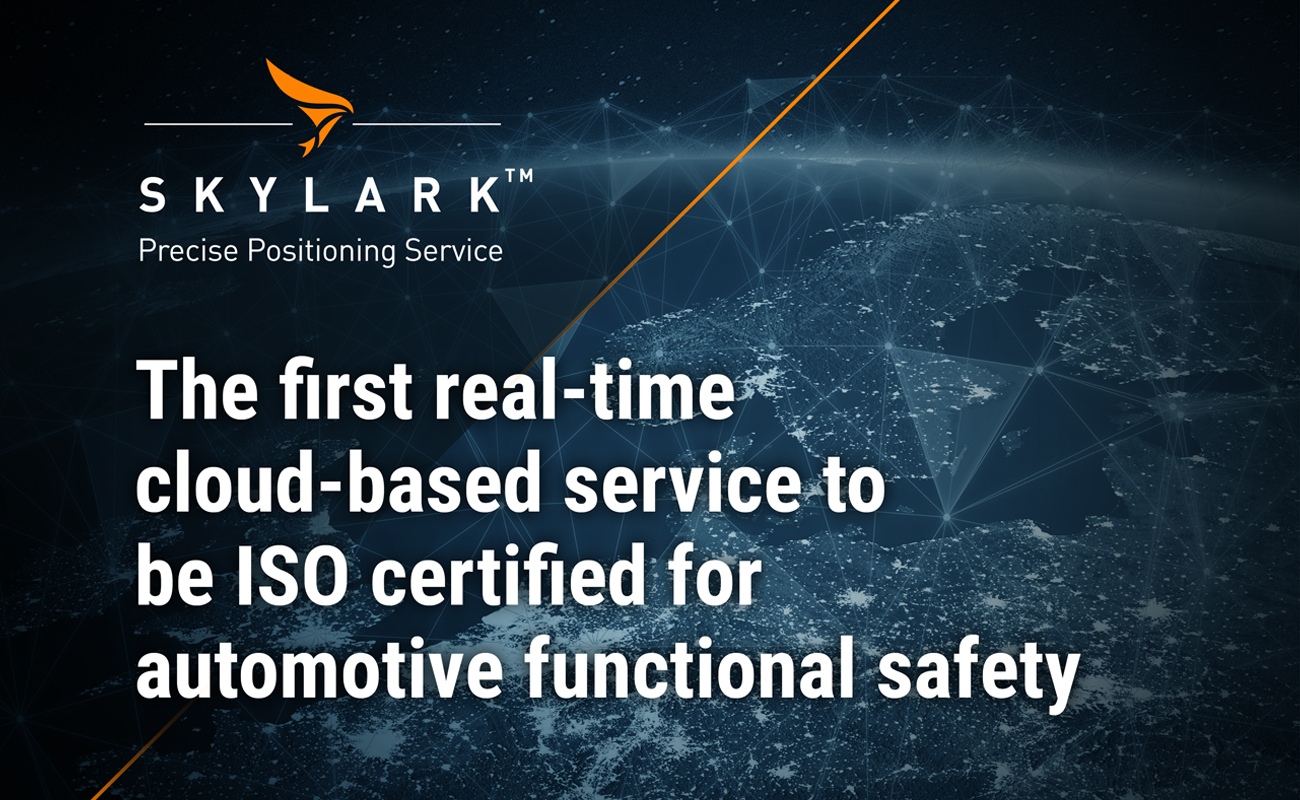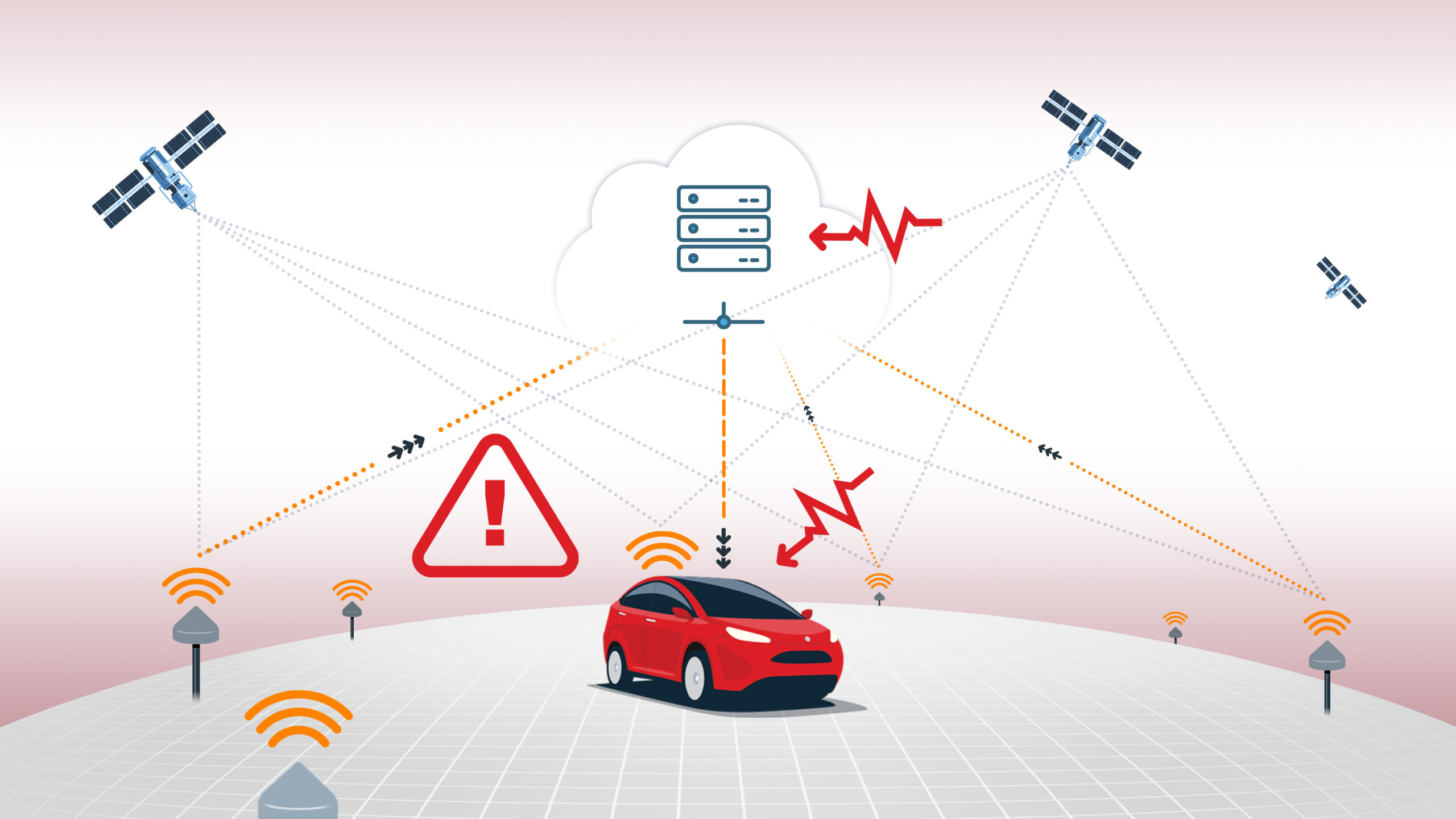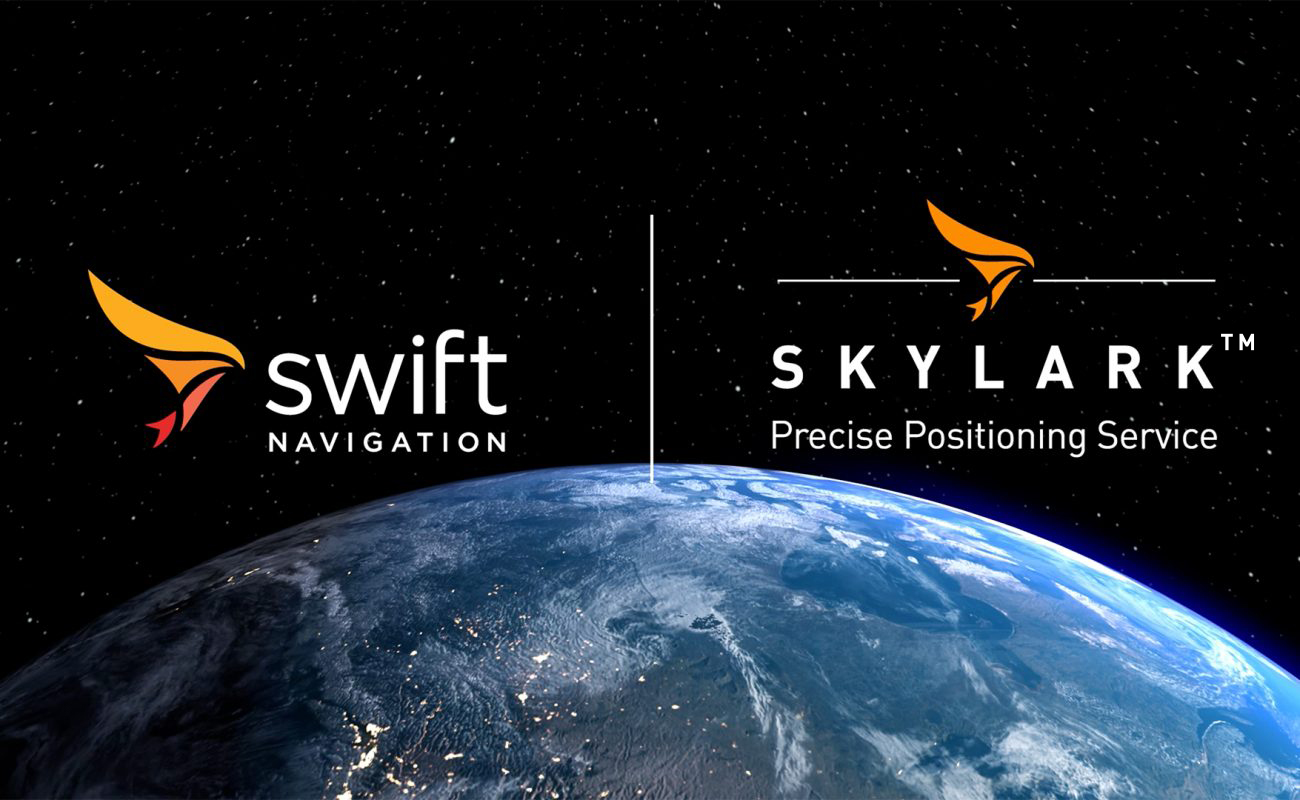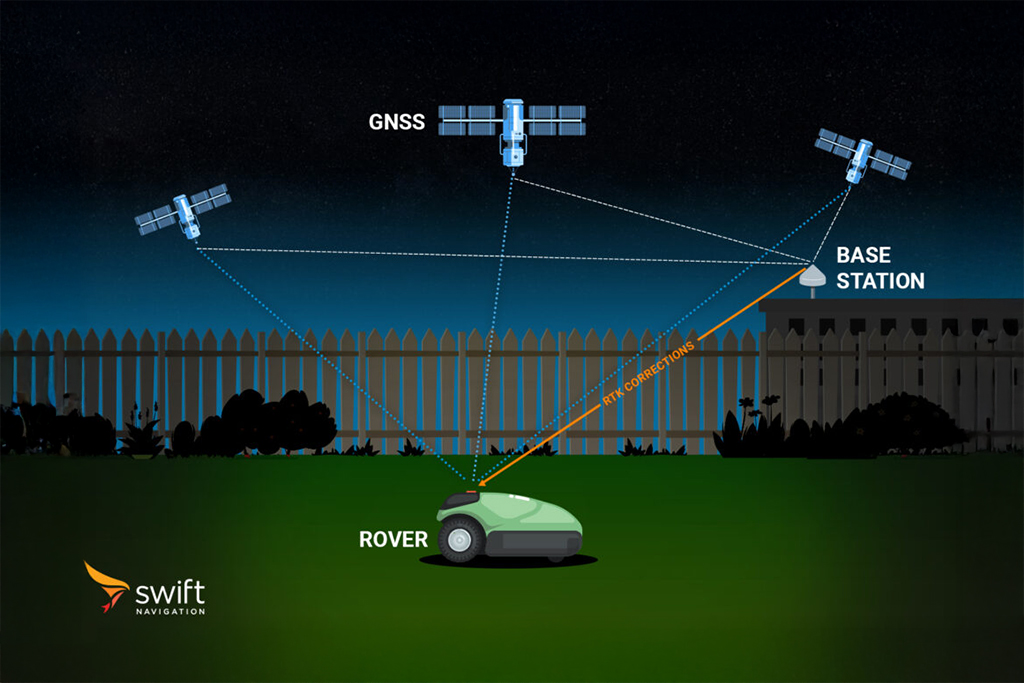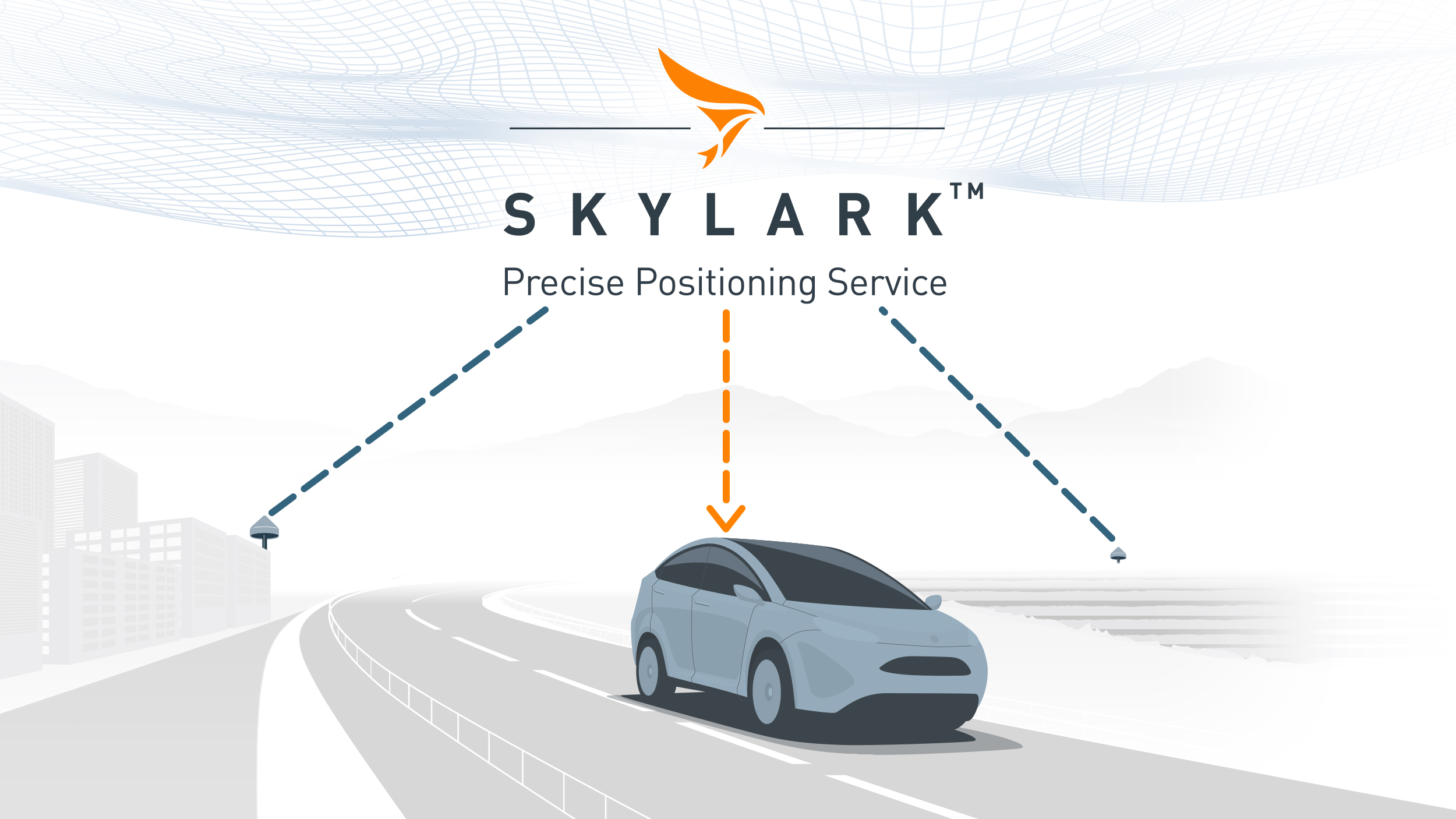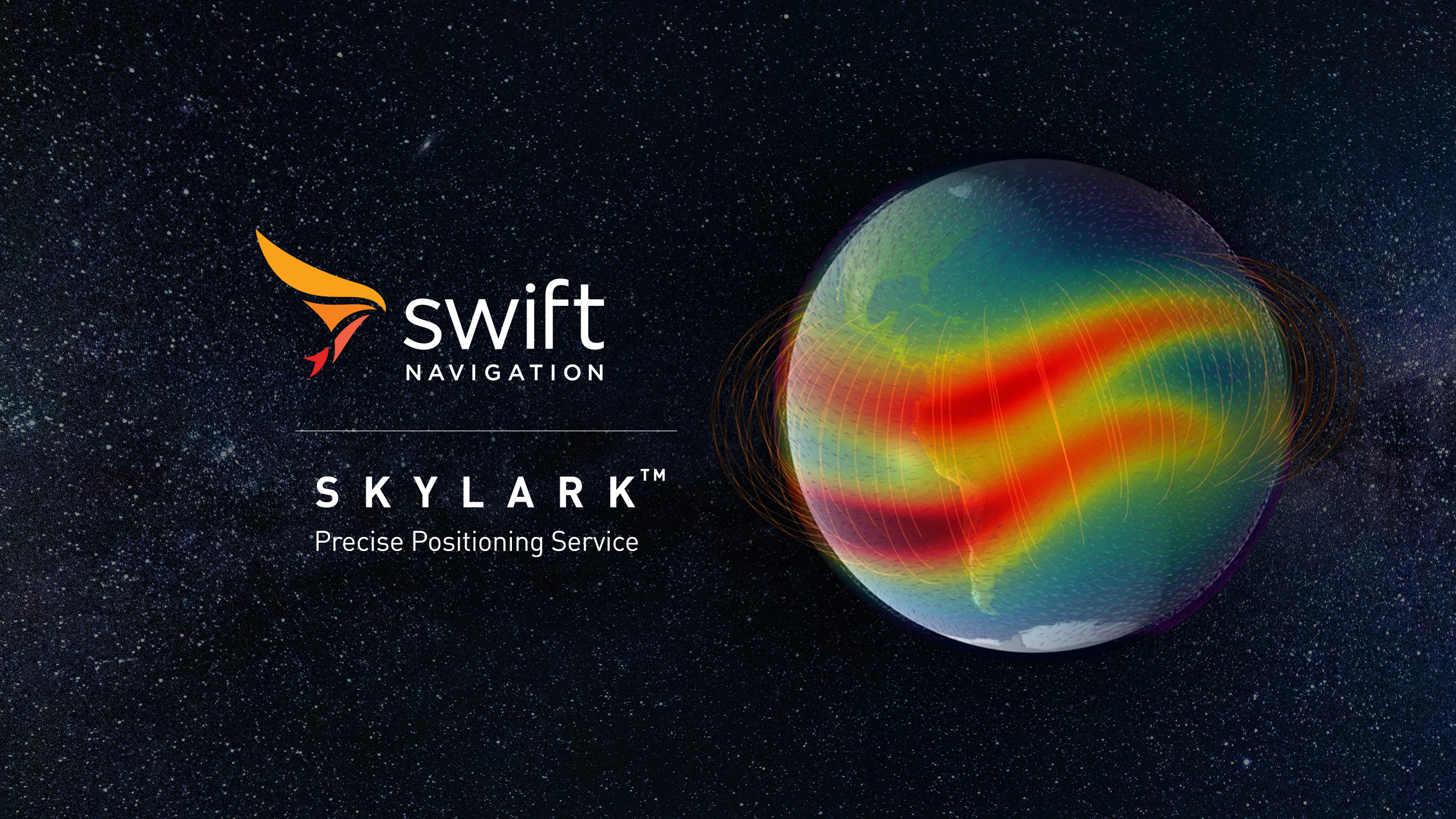What is Integrity Risk?
Integrity Risk is the probability that a navigation or positioning system provides a position that is outside the specified protection level without issuing a timely alert. In other words, it quantifies the likelihood that the true error exceeds the protection level and goes undetected within a defined time-to-alert interval. Integrity Risk is a critical parameter in safety-critical applications because it directly relates to the potential for hazardous misleading information.
The Target Integrity Risk (TIR) is set according to application requirements and relevant safety standards. For example, automotive lane-level applications may require TIRs as low as 10^-7 per hour. The system must precisely allocate this risk budget across all contributing subsystems (such as GNSS corrections, IMU errors, and sensor fusion algorithms) and demonstrate through analysis and testing that the combined risk does not exceed the target.
Integrity Risk is managed by designing robust monitoring algorithms, setting appropriate alert limits, and validating system performance under nominal and fault conditions. The continuous calculation of protection levels and real-time integrity monitoring ensure that users are warned before the risk of undetected errors becomes unacceptable
Related Content
Automotive

Devon Sharp

Marwan Ramadan

Joel Gibson

Marwan Ramadan

Anthony Cole

Anthony Cole

Marwan Ramadan

James Tidd
GNSS Basics

Devon Sharp

Marwan Ramadan

Marwan Ramadan

Devon Sharp

Devon Sharp

Marwan Ramadan

Devon Sharp








